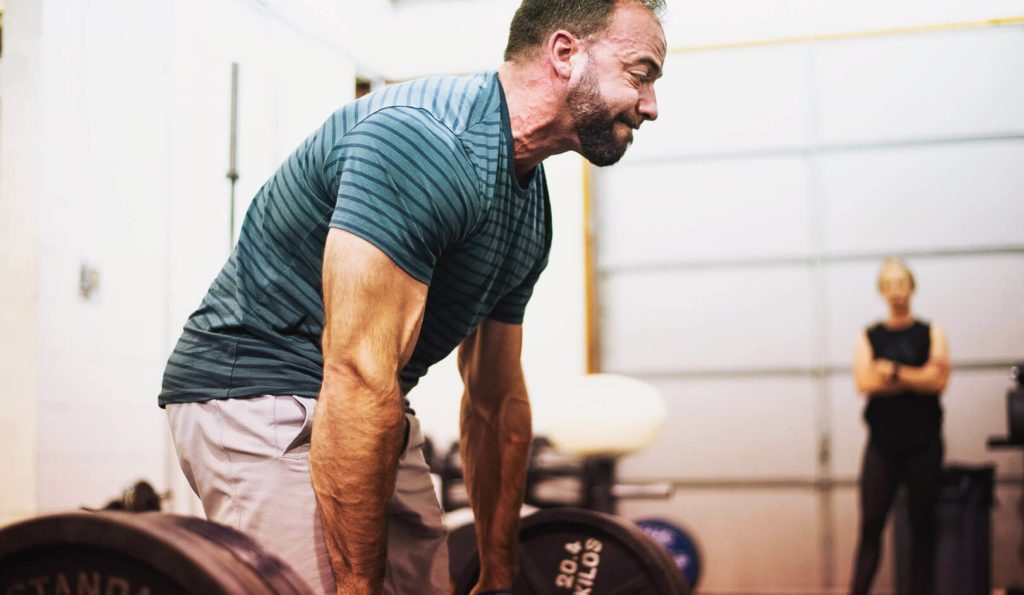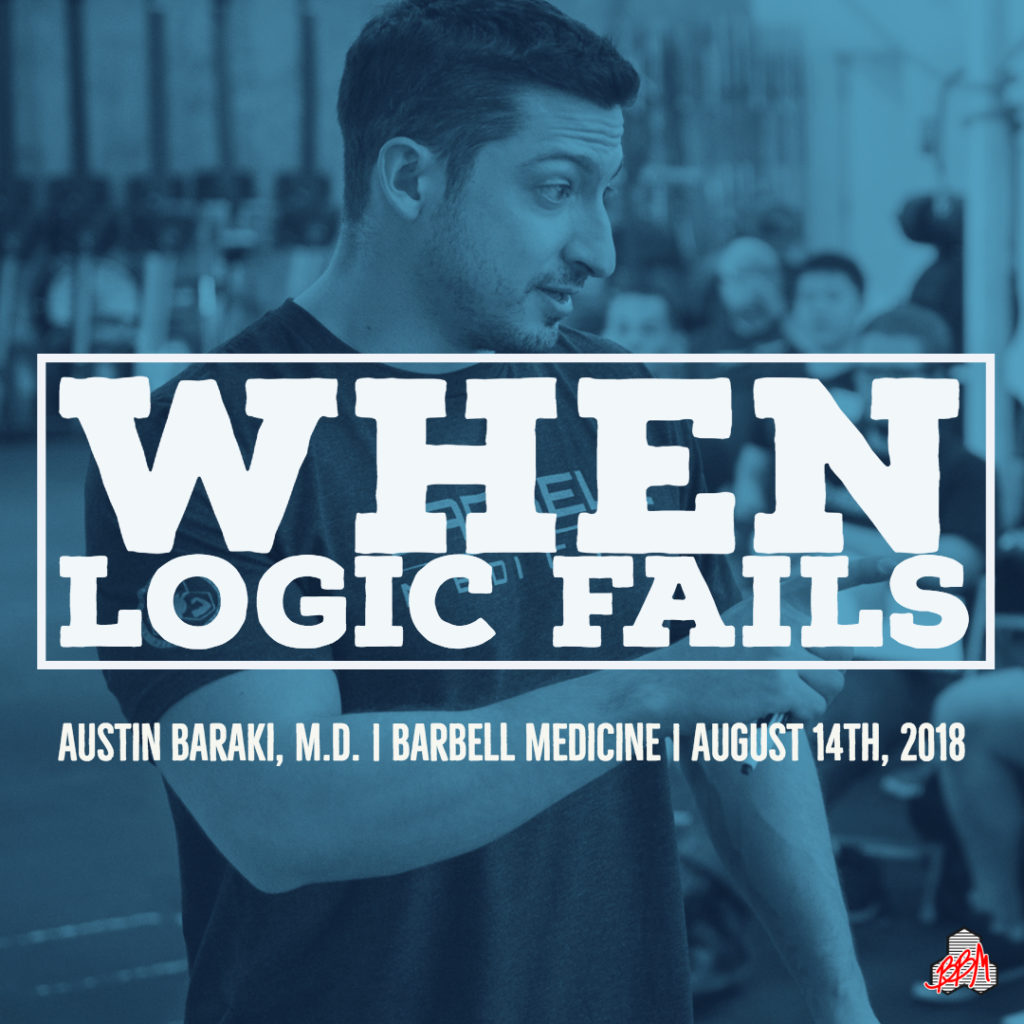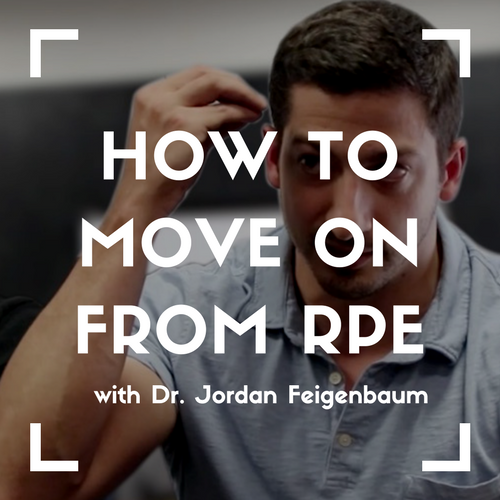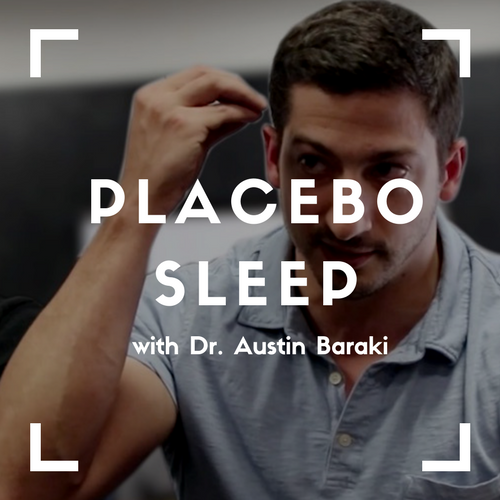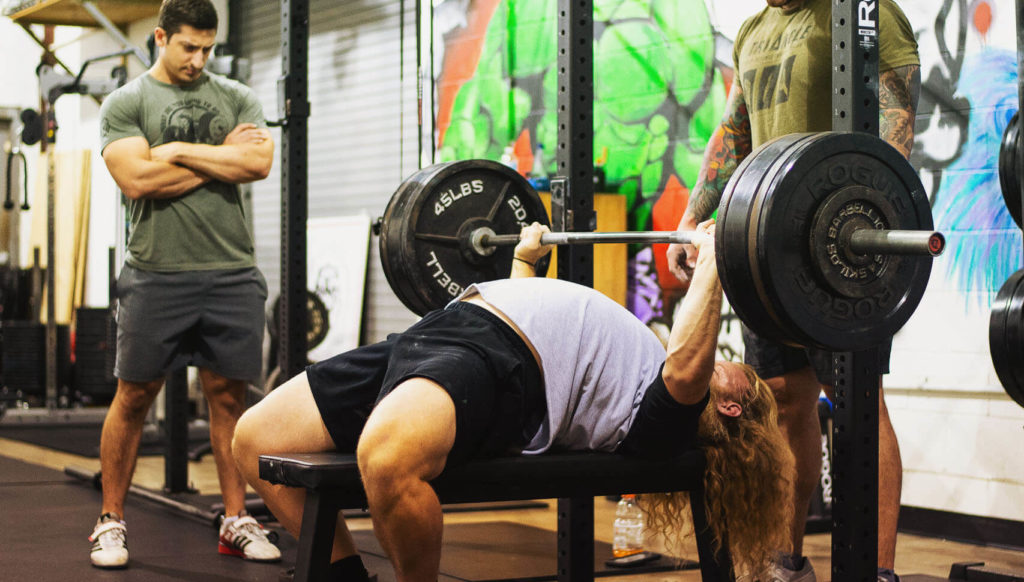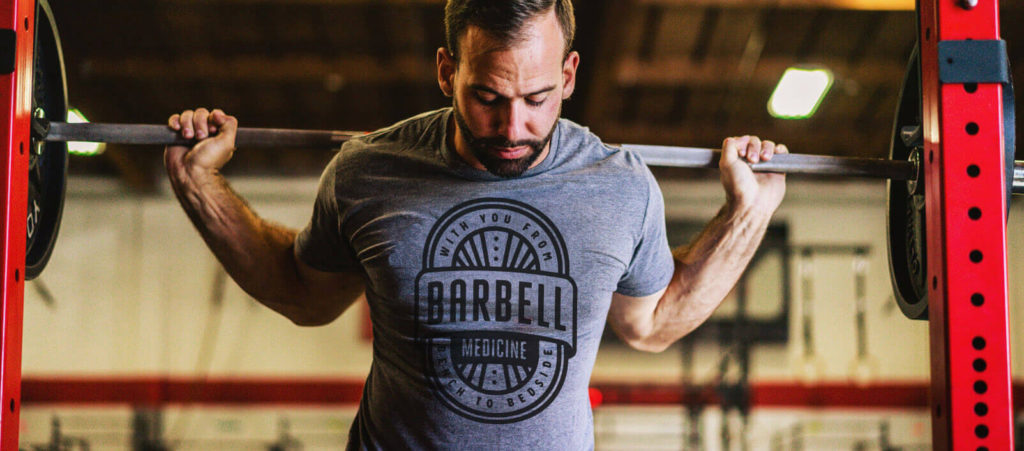
Nutrition Science, Part IV – Moving Forward: Improving the approach
It is important to note that the assumptions discussed in the last article are not arbitrary to the biomedical model, but legitimized through common sense in the context of a given research topic (32). A common-sense approach to nutrition, therefore, is one which can legitimize a modified approach to scientific inquiry into diet-disease relationships. Although […]
